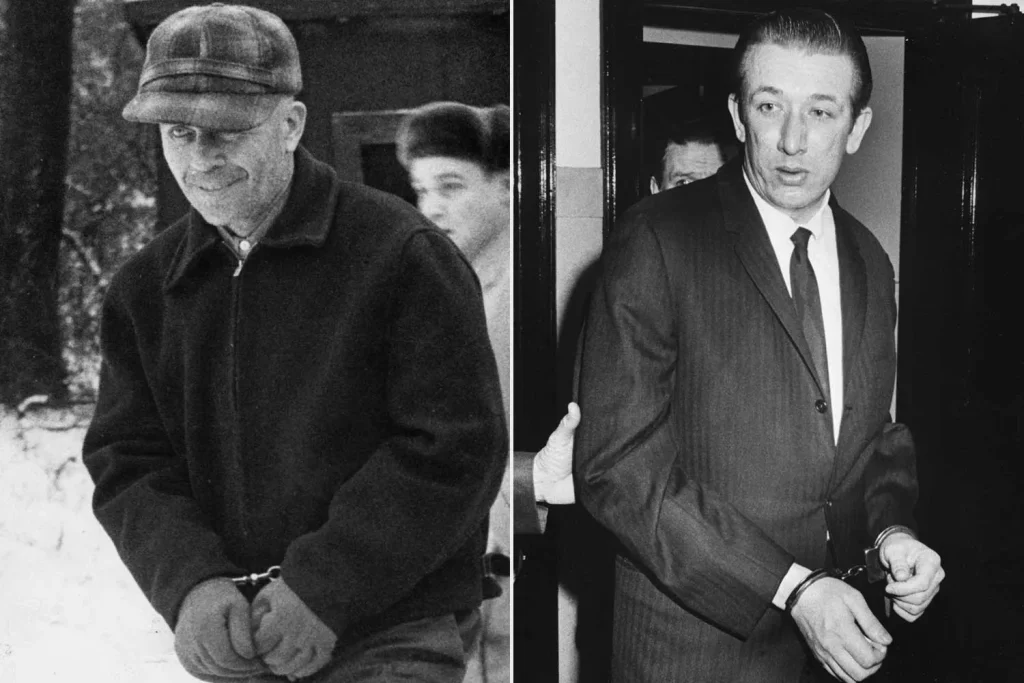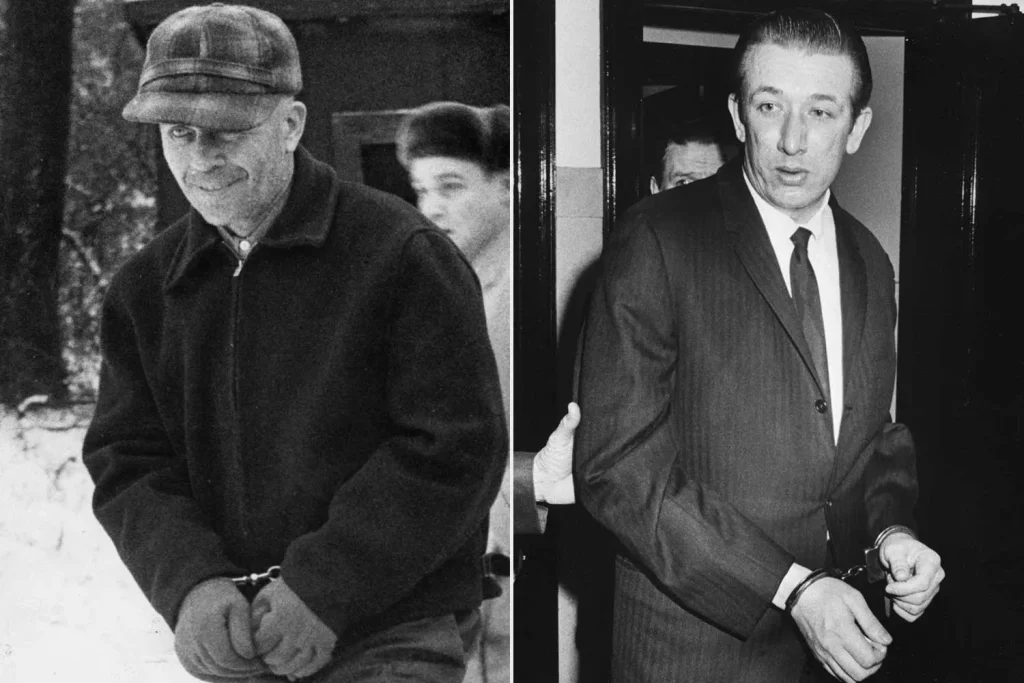From Fictional Friendships to Twisted Timelines — 7 Key Details in Ryan Murphy’s Monster: The Ed Gein Story That Never Actually Happened in Real Life
Ryan Murphy’s Monster: The Ed Gein Story has captivated audiences with its dark tone and psychological intensity, offering another unsettling dive into one of America’s most infamous true-crime cases. But like many dramatizations, not everything that unfolds on screen aligns perfectly with reality. While the show’s haunting performances — especially Charlie Hunnam’s portrayal of Ed Gein — capture the eerie stillness and repressed madness that defined the man, several storylines have been heavily fictionalized to heighten emotion and narrative flow.

For starters, the show takes considerable creative license in portraying Gein’s relationships, especially his connection to local residents in Plainfield, Wisconsin. In the series, Gein is shown maintaining regular social contact and even forming a tentative friendship with a local woman, but in reality, Gein lived an isolated existence. Neighbors described him as quiet and strange but never socially active. His interactions were limited, and his life after his mother’s death became increasingly reclusive — not marked by the kind of companionship the show suggests.

Another key exaggeration comes from the timeline of events leading to Gein’s arrest. The series dramatizes the police investigation into an elaborate cat-and-mouse chase filled with coded letters and hidden clues. In truth, Gein’s capture was much simpler. He was arrested in 1957 after local hardware store owner Bernice Worden went missing, and evidence found in Gein’s home directly linked him to the crime. There was no extended investigation full of psychological riddles or staged suspense — just disturbing reality uncovered in plain sight.
One of the most talked-about deviations in Monster: The Ed Gein Story is the portrayal of his mental state. The show paints him as a calculating, almost manipulative figure aware of his notoriety, when in fact, Gein was ruled legally insane and spent the rest of his life in psychiatric care. He didn’t understand his crimes in the context of fame or infamy; he existed in a fog of delusion shaped by deep-seated trauma and his mother’s oppressive influence.

Murphy’s series also invents a childhood friend who reappears in flashbacks, symbolizing innocence lost and moral decay. While dramatically effective, this character is entirely fictional. Gein had no known close companions growing up. His strict upbringing under Augusta Gein, his religiously zealous and controlling mother, left little room for friendships or normal social development.
Perhaps the most notable creative choice is the show’s suggestion that Gein’s crimes inspired him to seek recognition — a theme tied to the broader “Monster” anthology’s exploration of public fascination with killers. Historically, Ed Gein never sought fame. His crimes only gained national attention after his arrest, influencing Hollywood’s horror legacy long after his story had ended.

What Murphy’s show does get right, however, is the suffocating atmosphere of Gein’s world — the small-town whispers, the decaying farmhouse, and the unnerving loneliness that surrounded him. The cinematography mirrors the stillness of the Wisconsin landscape, amplifying the isolation that defined his existence. Charlie Hunnam’s performance adds layers of discomfort and pity, balancing the line between portraying a deeply broken man and avoiding unnecessary glorification.
While Monster: The Ed Gein Story plays with historical details, it succeeds in opening up conversation about the human psychology behind such chilling acts — the blend of repression, trauma, and loneliness that can warp a mind beyond recognition. The real Ed Gein’s story remains horrifying in its truth, even without the fictional embellishments that television inevitably adds.



